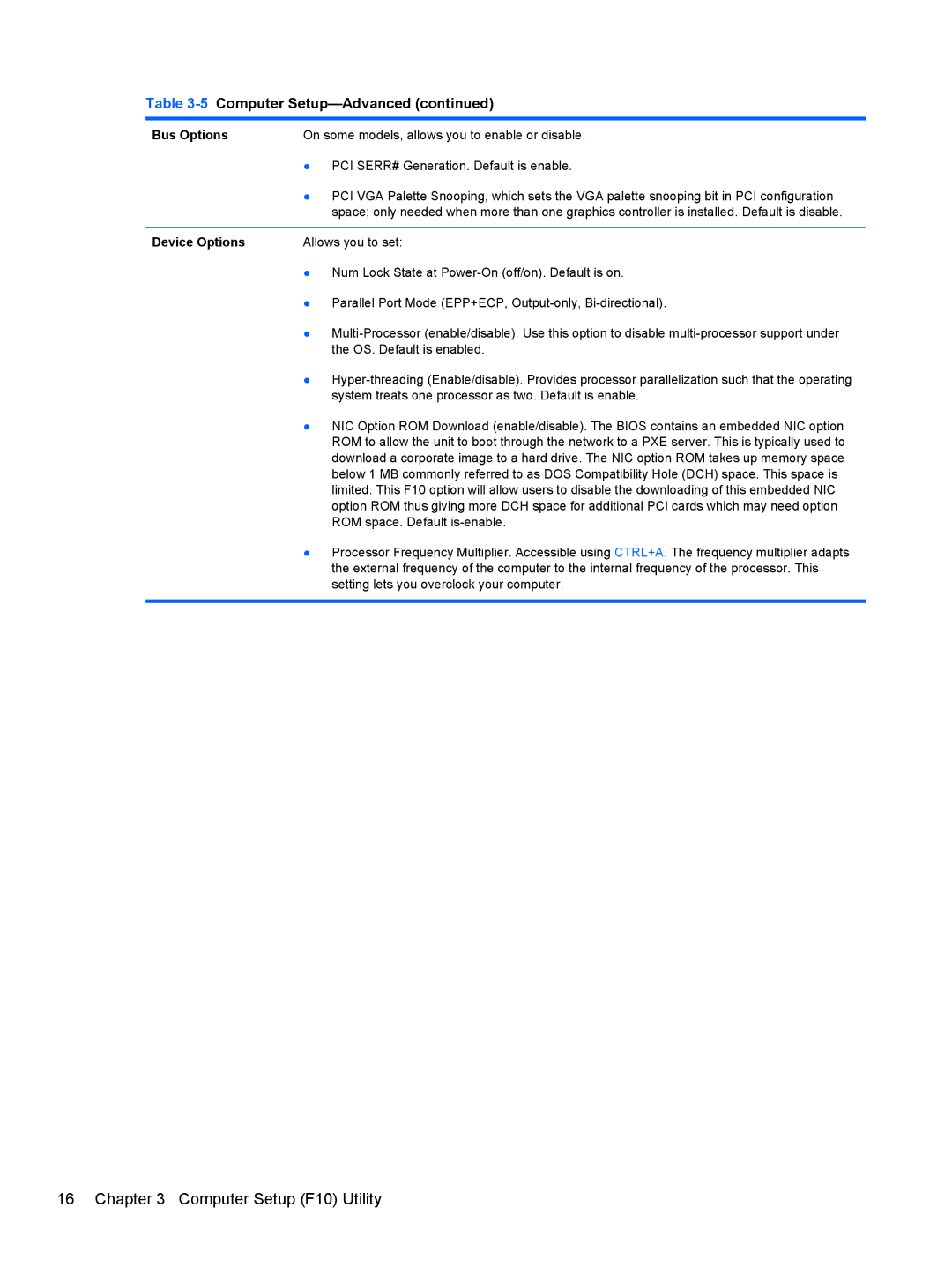Table 3-5 Computer Setup—Advanced (continued)
Bus Options | On some models, allows you to enable or disable: |
| ● PCI SERR# Generation. Default is enable. |
| ● PCI VGA Palette Snooping, which sets the VGA palette snooping bit in PCI configuration |
| space; only needed when more than one graphics controller is installed. Default is disable. |
|
|
Device Options | Allows you to set: |
| ● Num Lock State at |
| ● Parallel Port Mode (EPP+ECP, |
| ● |
| the OS. Default is enabled. |
| ● |
| system treats one processor as two. Default is enable. |
| ● NIC Option ROM Download (enable/disable). The BIOS contains an embedded NIC option |
| ROM to allow the unit to boot through the network to a PXE server. This is typically used to |
| download a corporate image to a hard drive. The NIC option ROM takes up memory space |
| below 1 MB commonly referred to as DOS Compatibility Hole (DCH) space. This space is |
| limited. This F10 option will allow users to disable the downloading of this embedded NIC |
| option ROM thus giving more DCH space for additional PCI cards which may need option |
| ROM space. Default |
| ● Processor Frequency Multiplier. Accessible using CTRL+A. The frequency multiplier adapts |
| the external frequency of the computer to the internal frequency of the processor. This |
| setting lets you overclock your computer. |
|
|
